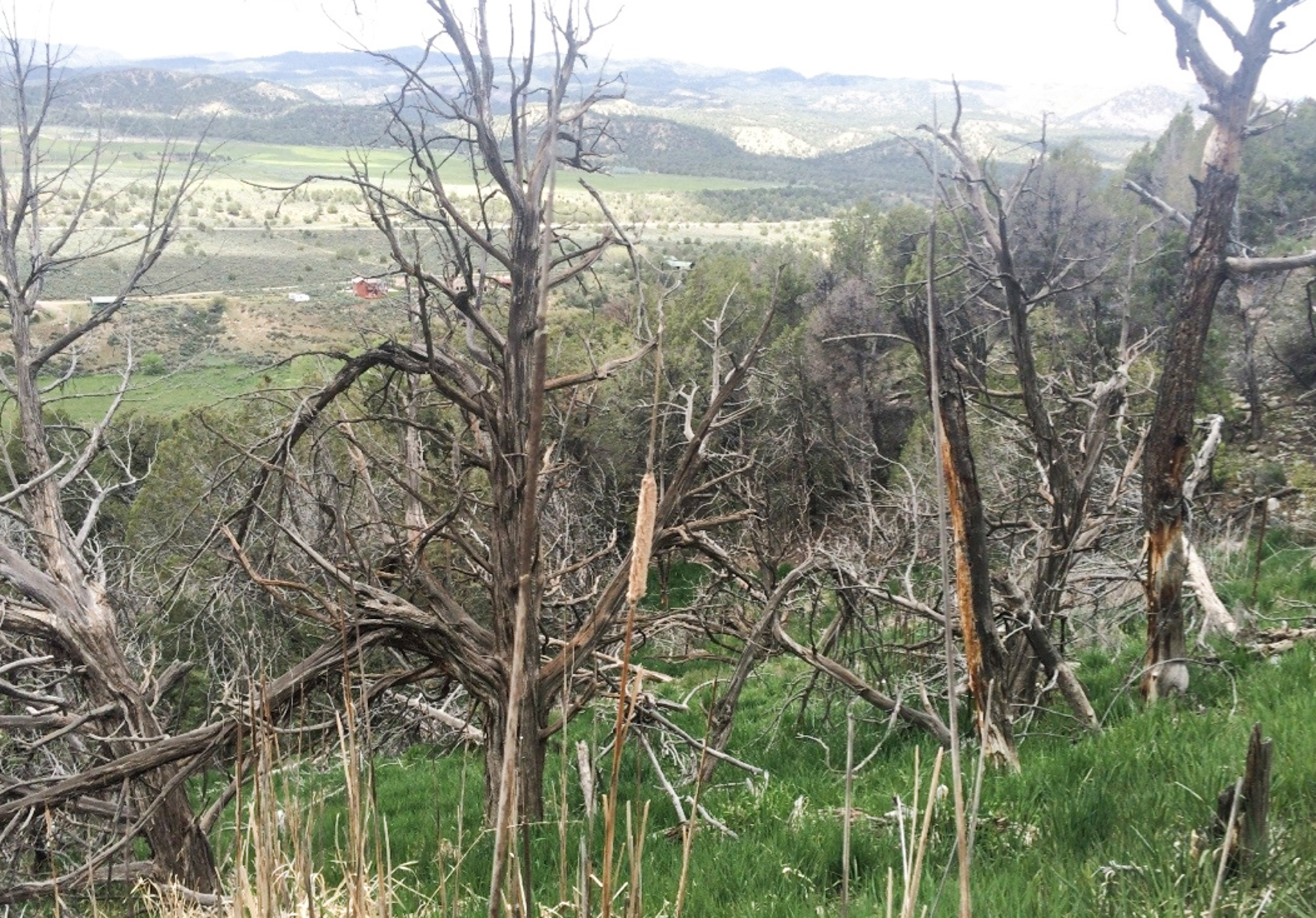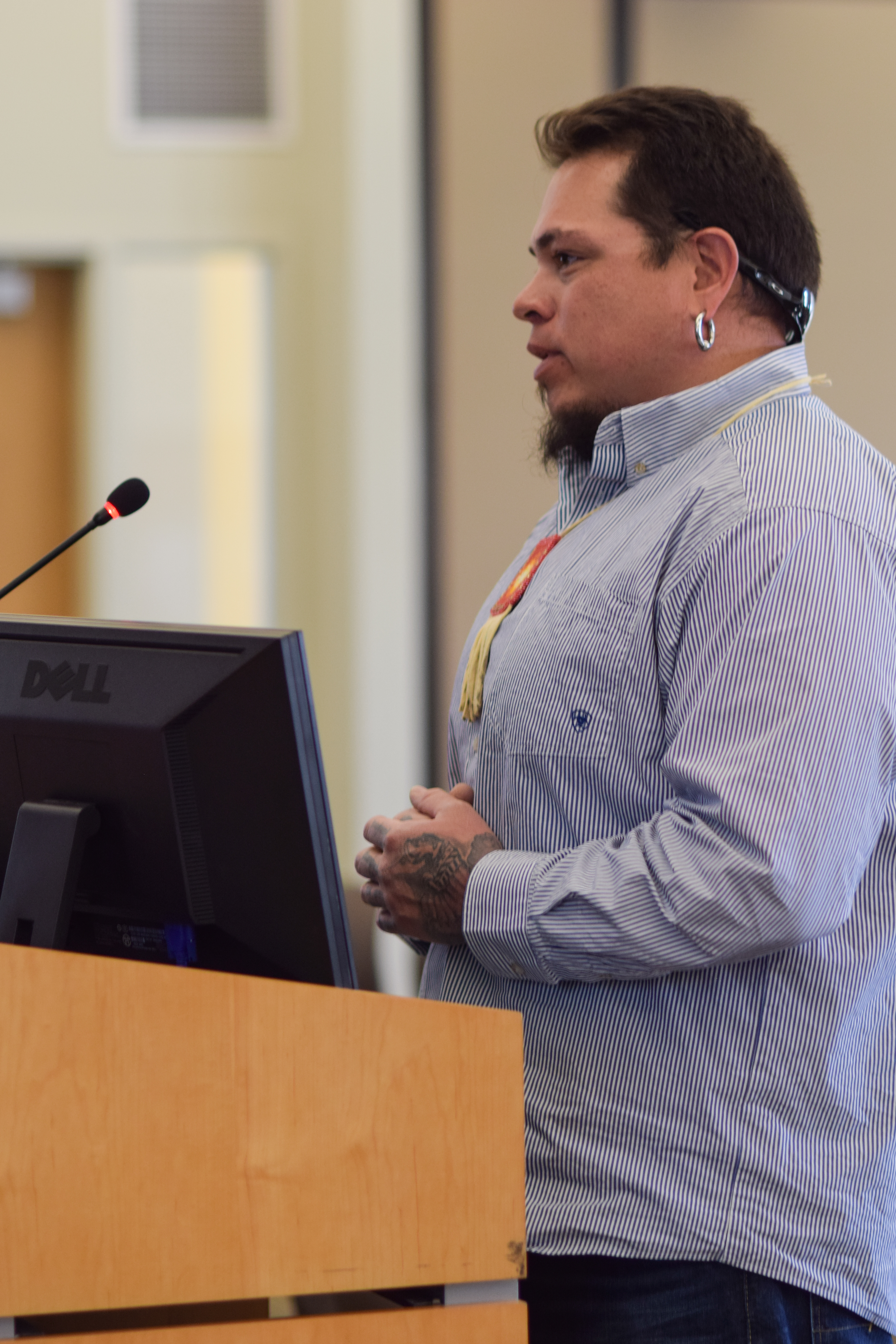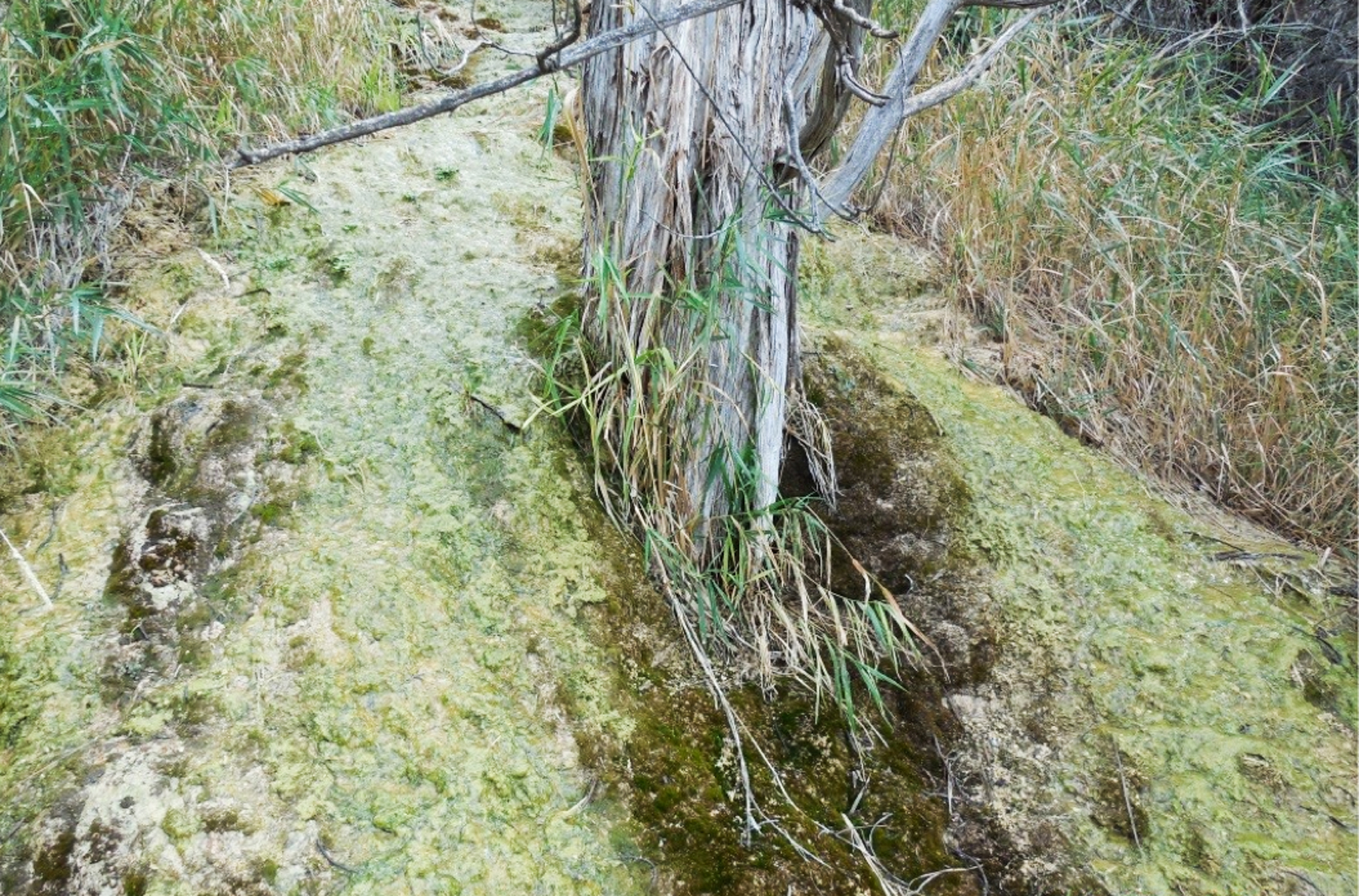Officials from Southern Ute Indian Tribal Council and Red Will Production Company recently met with the La Plata County Commission on Tuesday, Jan. 26 to give an update on the investigation of Thurston Spring, which was allegedly reported that oil wells belonging to Red Will Production Company was contaminating the nearby residence.
Jennifer Thurston contacted Red Willow Production Company on May 13, 2015 after concerns arose regarding gas and oil activities that have impacted a natural spring on her property located between Highway 550 and Rainbow Road, just north of County Road 214. She reported of the die-off of piñon and juniper trees, which she claimed was linked to nearby natural gas production from Red Willow wells.
Karen Spray, exploration and production manager for the Southern Ute Growth Fund, provided information to the La Plata County Commission to claim that the Red Willow wells were not the culprit for the contamination.
“When Red Willow investigated the incident, we looked at all the wells and checked the flow meter, only to find no loss of fluid,” she said. “None of our wells are connected to [Thurston’s] property since they stretch northeast and south from the location. We started geological assessment back in June and did all the necessary actions until early October. The landowner was saying we were injecting contaminants into the wells, and that’s just not true.”
Spray claimed that the investigation turned up with no results of methane, carbon dioxide, carbon monoxide, or hydrogen sulfide found in the soil. She stated that the solidness and density in the springs could likely be a result of a wet season.
“The spring’s water is actually drinkable, and the solidness and density will clear itself out naturally. It’s been moist these past couple of years, and piñon and juniper don’t survive well in wet conditions. Springs flow more and sometimes flow less. We’ve had a wet September followed by a wet spring season, but we took all precautions to ensure that the tribe was responsible. We’ve had no history of age or rust in our wells. The newer ones are well designed with good cement to surface structure, which means liquid is heavily contained and out of the soil.”
Tyson Thompson represented Tribal Council and stated that the water on the reservation is important and must always be treated as such.
“As Southern Ute people, we take pride in our water. It’s sacred to us and to our reservation. We appreciate Red Willow Production Company for working close with us on this and keeping our waters updated.”
Upon completion of the investigation, Red Willow Production Company concluded that the water quality in the hillside spring was very similar to domestic water wells in the area. Although piñon and juniper trees were experiencing a die-off, the understory vegetation was claimed to be healthy and thriving. This vegetation consisted of wetland species not typically found in piñon-juniper forests.
Lastly, all of the water and soil samples, which were independently analyzed, were reported below applicable regulatory suspect levels.






